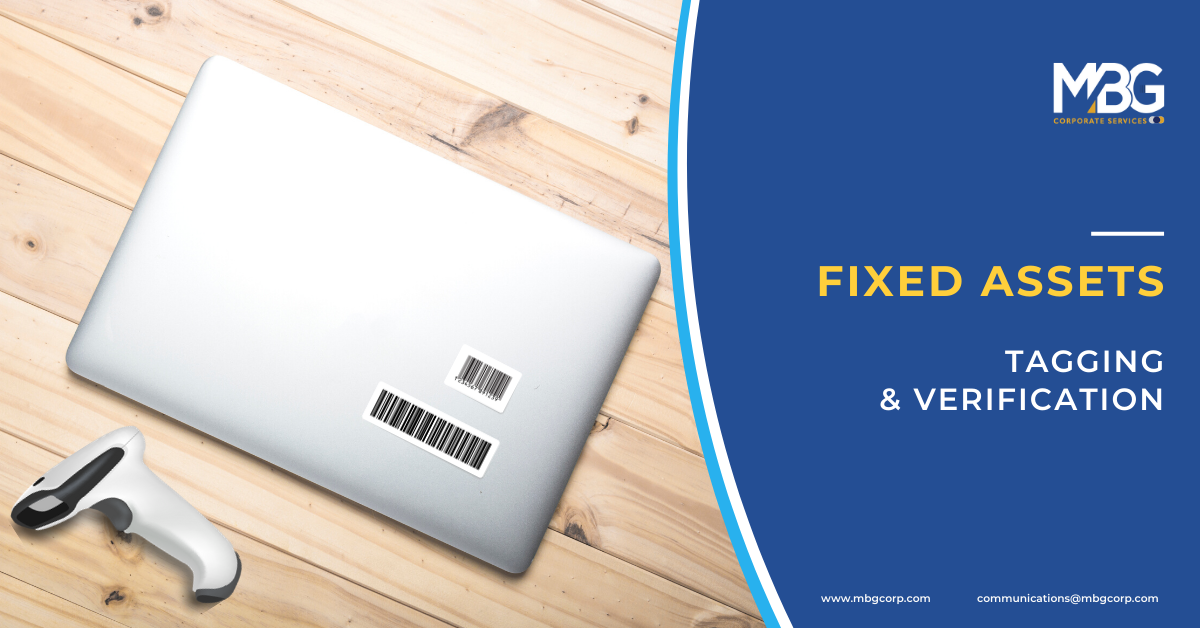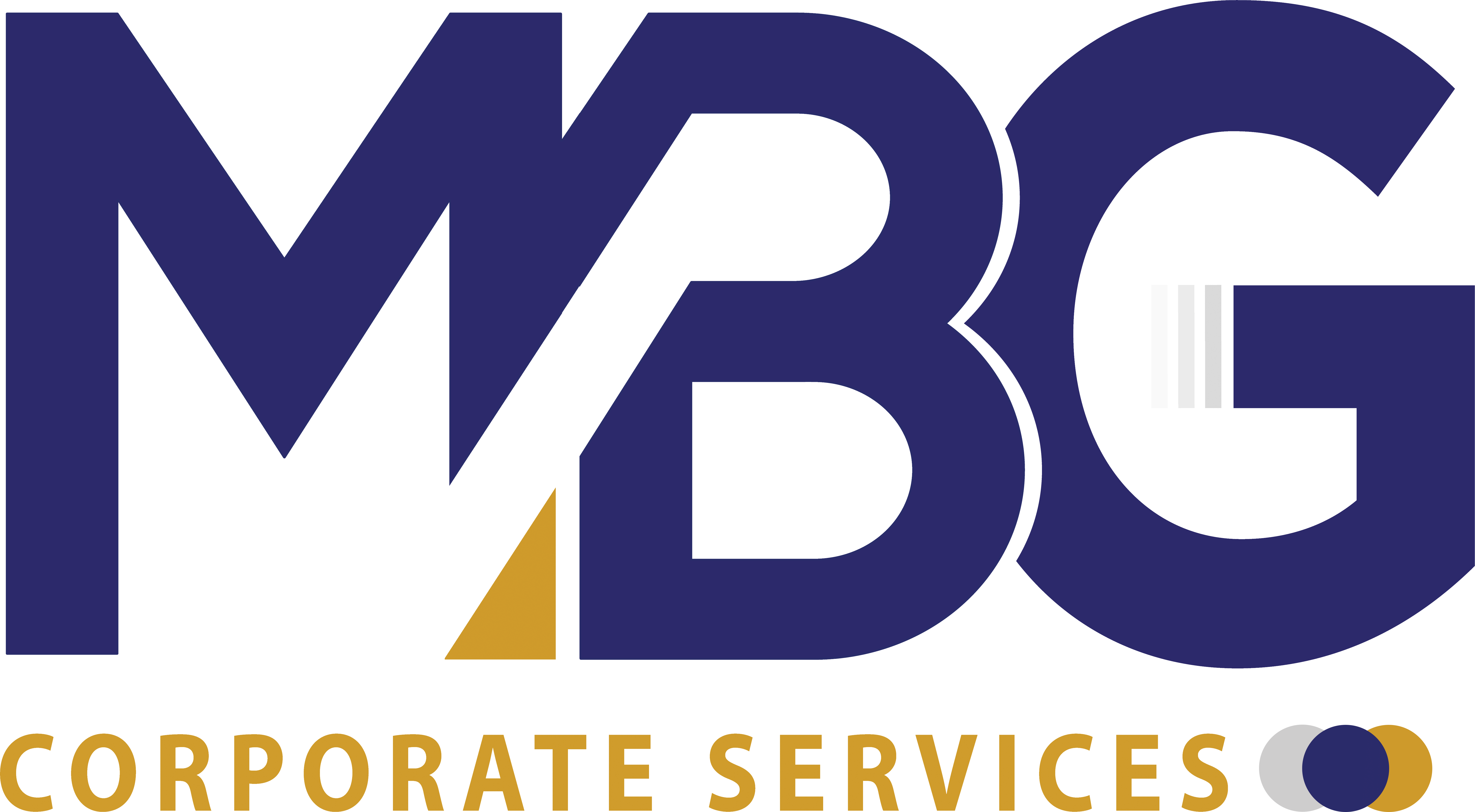Fixed Assets – Tagging & Verification

Overview
When your company has thousands of physical assets, it’s critical to know their location and existence. From computer monitors to industrial tools & machineries, identifying, tracking, and controlling your Assets with tags is critical for smooth business operations.
Inventory and control systems help you track and prevent theft of assets. You can manage the physical capital that helps you to make more informed decisions regarding physical inventory, such as when to repair or replace items.
Benefits of Tagging & verification
– Regular Tracking & Monitoring – Reduction in Theft – Save Time & Money – Correct reporting in Financials – Enhanced monitoring for movement between locations – Enable more efficient resource allocation
Our Methodology
– Planning Review schedule for systematic tracing: Review list of assets in FAR & develop verification/tagging schedule on the basis of defined factors
– Tagging & Physical verification of Assets: Perform physical verification and tagging of Assets as per the schedule
– Identifying Exceptions through comparison with FAR: Compare the result of physical verification with FAR and identification of assets not physically traceable but reported
– Reporting with Management Comments: Preparing report in detail exceptions with Management responses and provide recommendations to the exceptions noted for remedial actions.
State of Art Tagging System
– Numbered Asset Tags: In the numbered assets tags system, serial numbers are printed on assets tags or asset labels and arranged in numerical order on the fixed assets for tracking.
– Bar Code Tags: In the bar code tags system, an optical machine-readable serial number is used to tag the assets. These labels serve as asset tags.
– RFID Tags: RFID tagging is an ID system that uses small radio frequency identification devices for tracking of Assets.
This article is contributed by:
Abhijeet Sharma Director, RITSVikram Prabhakar Associate Director, RITS
Tag: Fixed Assets


